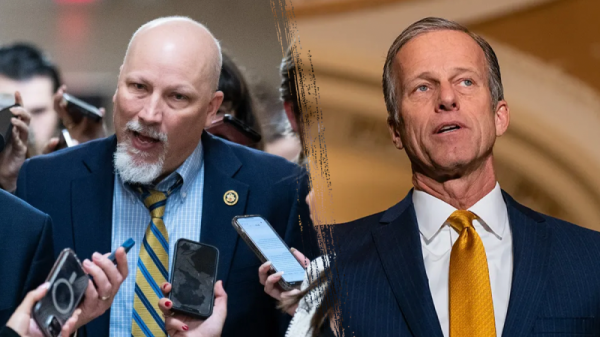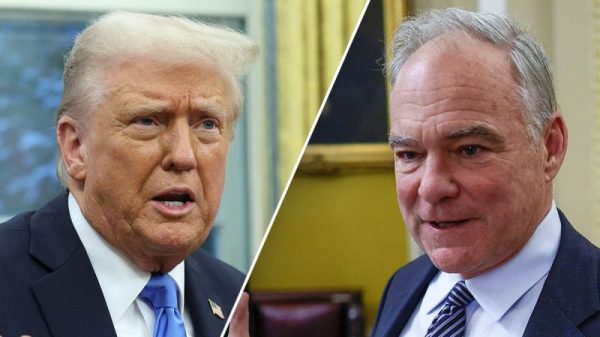About three months ago, President Donald Trump issued an executive order calling on the US Secretary of Education to “take all necessary steps to facilitate the closure of the Department of Education and return authority over education to the States and local communities.” After initially generating much attention, the drive to end the department has been overtaken by other matters—immigration, tariffs, wars—and has not been a hot topic. Ironically, one of those eclipsing topics has been the administration’s crusade against Harvard University and other institutions, which seems opposed to at least the spirit of returning education power to the people and states.
It was probably inevitable that other matters would eventually take headlines away from ending the department, but we must not lose sight of the goal of ending this damaging and unconstitutional bureaucracy. To help with that, here is an update on where things stand:
Administration Action
The primary thing the Trump administration did that started moving in the direction of department closure occurred before the EO was issued. The administration significantly reduced the department’s workforce through a combination of buyouts and layoffs. The number taking buyouts, as of the last count I have seen, was 572, and more than 1,300 were terminated, totaling about 1,900 employees. That was out of a workforce of around 4,100, or roughly a 46 percent reduction. When she spoke at Cato on May 14, Secretary Linda McMahon said that the department had rehired a few people after it appeared they had cut into “muscle.” She later said that 74 people were brought back.
This major reduction was challenged in court by blue states as well as educator unions and two school districts. On May 22, a federal judge issued a preliminary injunction against the 1,300 firings, and on June 4, an appeals court upheld the injunction. The US Supreme Court is expected to rule on the matter soon.
The administration also cancelled many contracts and grants before the EO was issued, including research contracts and $65 million in grants for teacher training. Several states sued over the training grants, and a federal judge issued a preliminary injunction against the administration in March. But in April, the Supreme Court lifted that injunction. In addition, associations of researchers sued the administration in May over cancelled contracts, and in June, the department indicated that it would restore 20 of 101 cancelled agreements.
Finally, it has been reported that the administration planned to move the department’s student loan operation to the Treasury, but that was put on hold after the May 22 injunction against shrinking the department. In March, President Trump announced that student loans would move to the Small Business Administration, but that did not occur.
Congress
The administration has made clear that it believes Congress must act to end the department because it was Congress that created it. There are currently four bills to end the department, of which I am aware:
- The Returning Education to Our States Act from Sen. Mike Rounds (R‑SD), which would primarily move current components of the Department of Education to other departments such as Health and Human Services, Labor, and Treasury.
- The Orderly Liquidation of the Department of Education Act from Rep. Nathaniel Moran (R‑TX), which would primarily move current components of the Department of Education to other departments such as Health and Human Services, Treasury, and the National Science Foundation.
- A bill to terminate the Department of Education from Sen. Rand Paul (R‑KY), which simply says the department is terminated as of December 31, 2026.
- A bill to terminate the Department of Education from Rep. Thomas Massie (R‑KY), which simply says the department is terminated as of December 31, 2026.
It is unclear when these bills might be taken up by Congress.
What is clear is that this Thursday, June 26, I will be participating in a discussion with Sen. Rounds about his bill. Perhaps one thing we will learn is what the timeline for congressional action on ending the department might look like.
The sooner the Department of Education is gone, the better.
























